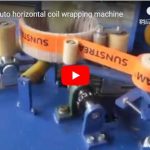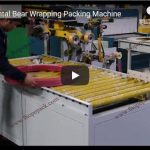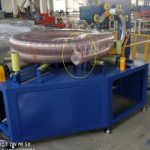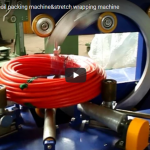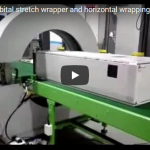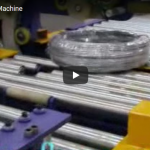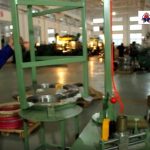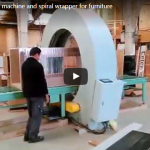Horizontal Coil Wrapping Machine with Infeed and Outfeed Conveyors is a specialized piece of equipment offered by FHOPE Group. This machine is designed to streamline the coil wrapping process, making it faster and more efficient.
One of the key features of this machine is its use of infeed and outfeed conveyors. These conveyors allow for the automatic transportation of coils to and from the wrapping machine, reducing the need for manual labor and increasing overall productivity.
Horizontal Coil Wrapping Machine is also highly versatile, able to handle coils of various sizes and shapes. This makes it a valuable asset for businesses that deal with a wide range of coil products.
Overall, the Horizontal Coil Wrapping Machine with Infeed and Outfeed Conveyors is a valuable asset for businesses looking to improve their coil wrapping processes. Its use of conveyors and versatility, combined with FHOPE Group’s expertise and reputation for quality equipment, make it an excellent choice for businesses of all sizes.
